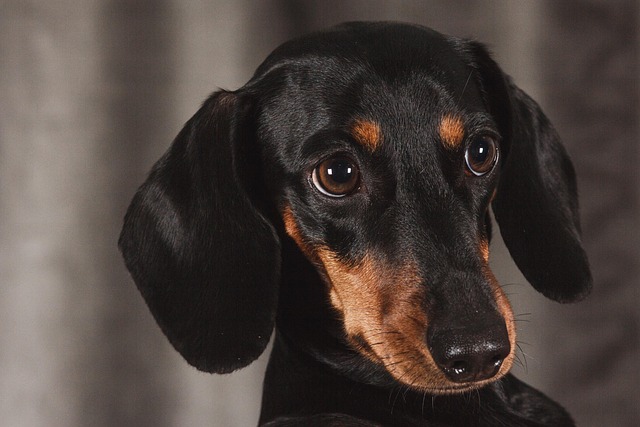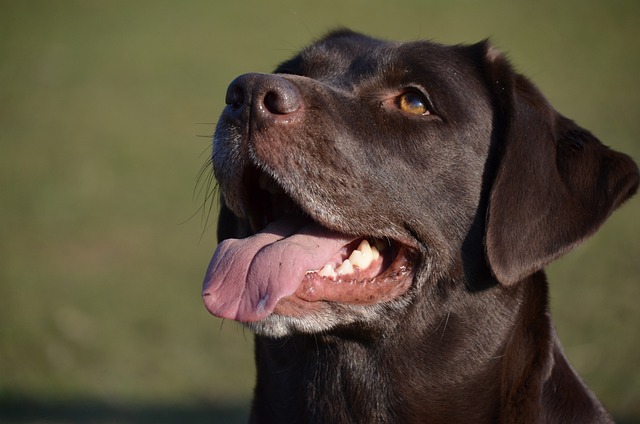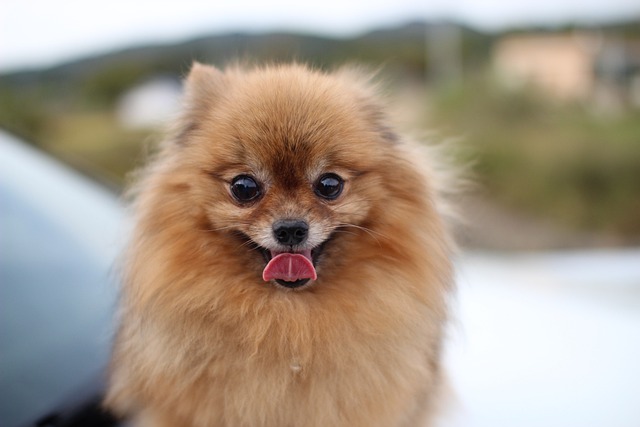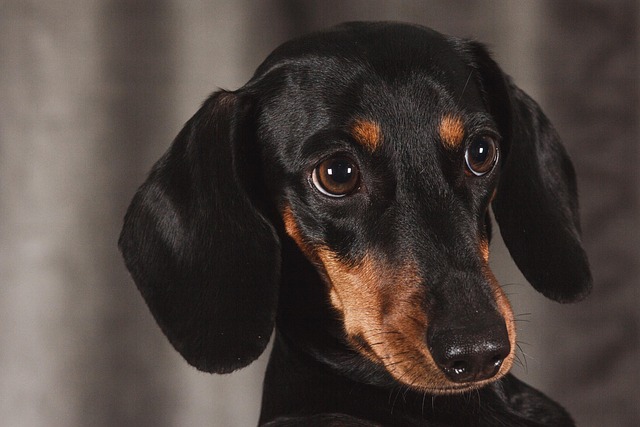
What are 5 common foods to feed dogs if they have an upset stomach
If you’ve ever watched your dog turn away from their food, then spend the next hour pacing and whimpering, you know the panic of an upset stomach.
If you’ve just brought home a short-haired puppy, you might be wondering how often those little paws need a soak. Unlike their long-haired cousins, short-haired pups have coats that seem low-maintenance—but their skin is surprisingly delicate. That sleek fur hides a layer of natural oils that act as a built-in moisturizer and protective barrier. Overwashing can strip these oils, leaving your puppy vulnerable to dryness, irritation, and even infections. Think of it like over-washing your favorite jeans: too much, and they lose their natural resilience.
New puppy parents often panic about smells or visible dirt, reaching for the shampoo bottle weekly. But here’s the thing: puppies aren’t toddlers tracking mud everywhere (well, not always). Their skin pH is more alkaline than ours, meaning human shampoos or frequent baths disrupt their microbiome. One owner in Austin learned this the hard way when her French Bulldog developed flaky skin after monthly groomer visits—turns out, even “gentle” professional products were too harsh for his puppy coat. Unless your pup rolls in something foul, they probably don’t need bathing as often as you’d think.
Most vets recommend bathing short-haired puppies every 4-6 weeks, but context matters. A Boston Terrier who sleeps in bed with you might need baths more often than a Dachshund who prefers indoor play. Dr. Emily Thompson, a veterinary dermatologist in Seattle, suggests using the “sniff test”: if your puppy’s coat feels greasy or has a persistent odor, it’s bath time. Otherwise, spot-clean with a damp cloth or dog-safe wipes between full washes. Always opt for pH-balanced puppy shampoos—look for oatmeal or aloe formulas, and avoid anything labeled “deodorizing” or “antibacterial,” which can be overly drying.
When bath day arrives, prep like you’re handling fine silk. Use lukewarm water (test it with your elbow—it should feel neutral, not warm) and a handheld sprayer to minimize stress. Start at the neck and work downward to prevent shampoo from irritating their face. Those short coats mean rinsing takes half the time of long-haired breeds, but be thorough: leftover suds can cause itchiness. Pro tip: smear a bit of coconut oil on the inside of your puppy’s ears before bathing to block water entry, a common cause of ear infections in breeds like Boxers or Pit Bulls.
Watch for clues between scheduled baths. If your puppy scratches constantly or develops red patches, you might be overdoing it. Conversely, if they’ve been digging in the yard or playing at doggy daycare, an extra bath won’t hurt—just follow up with a conditioner designed for puppies. Seasons matter too: winter air dries out skin, while summer might call for more frequent rinses after swims. Your best gauge? Run your fingers through their coat. It should feel smooth, not sticky or gritty. When in doubt, your vet can recommend a bathing schedule tailored to your puppy’s breed, lifestyle, and skin health.

If you’ve ever watched your dog turn away from their food, then spend the next hour pacing and whimpering, you know the panic of an upset stomach.

If you’ve ever cleaned up diarrhea or watched your dog vomit after meals, only to feel helpless as they refuse their next bowl of food, you know the stress of a sensitive stomach.

If you’ve ever stared at the ingredient list on your dog’s kibble, wondering what “meat by-products” really are, you’re not alone. New dog owners

If you’ve ever noticed your dog suddenly shaking their head like a wet towel, or pawing at their ear until it’s red and sore, you might’ve wondered if they’re just being “naughty.”

Finding worms in your dog’s stool or noticing them scooting uncomfortably across the floor is enough to make any pet owner’s heart sink.

If you’ve ever dreamed of having a dog but hesitated because your eyes water and nose runs around furry pets, you’re not alone.